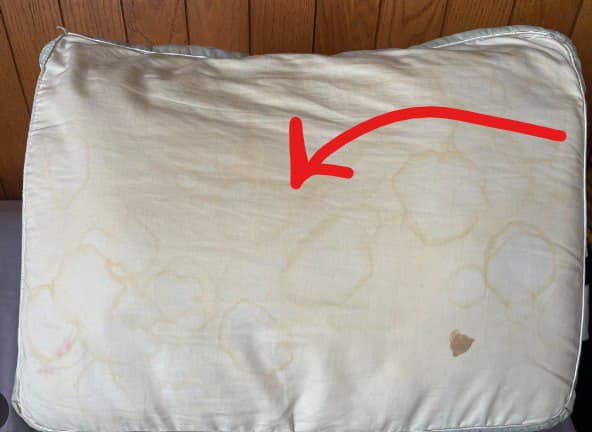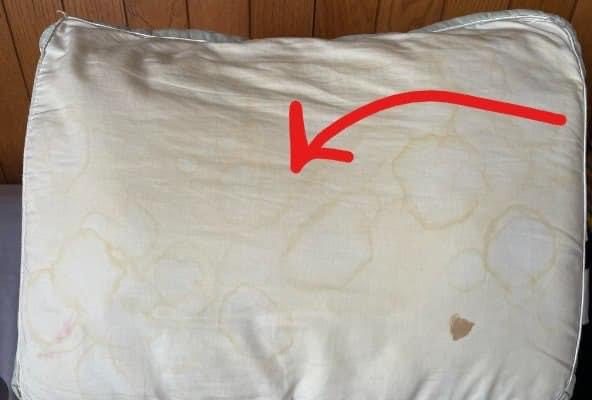If you’ve been online recently, you might have come across the viral story about a man who introduced his girlfriend to his “Yellow Pillow.” The man, named Cam, admitted to owning a severely discolored pillow, which led to a heated debate on social media. Cam’s post on X (formerly known as Twitter) featured a photo of the pillow, which was stained a deep yellow, along with a caption: “My girlfriend is upset at me after I revealed The Yellow Pillow. Fellas, I know you all understand that this item is magical.”

The post quickly gained traction, with people divided over the situation. While some were disgusted by the sight of the yellowed pillow, others found it surprisingly relatable. Cam, however, remained unapologetic about his attachment to the pillow, even claiming that it grants him the best sleep of his life. “It’s not my fault the pillow is yellow—it just gives me the most peaceful slumber,” he explained. The discussion sparked a mix of reactions, with some users rushing to defend the so-called “magical” Yellow Pillow, while others were baffled by the whole situation.
One user commented that they hadn’t had a decent night’s rest since parting with their own beloved Yellow Pillow, adding that their life had been “a downward spiral” ever since. Another person chimed in, joking that “using the same pillow since the age of 10 and never washing it” is essentially a rite of passage for men. Whether you find the idea gross or oddly charming, it raises a good question: what actually causes pillows to turn yellow over time?
There are several factors behind the discoloration of pillows, but the main culprit is moisture. The most common and noticeable cause is sweat. Throughout the night, sweat seeps into the pillow, gradually causing it to develop a yellow hue. This process is more common than you might think, as the average person sweats between 200-700 milliliters each night, depending on the temperature and humidity of the room. Over time, this moisture builds up in the pillow’s fibers, leading to the classic yellow tint.
But sweat isn’t the only factor contributing to the discoloration of pillows. Natural oils from your skin and hair can also be a big contributor. These oils are transferred onto the pillow as you sleep, causing it to become stained over time. Additionally, drool and saliva can also leave marks on pillows, further intensifying the yellowing effect. If you regularly apply lotions, creams, or hair products before bed, you might be accelerating the discoloration process without even realizing it.
So, what can be done to keep your pillows from turning into the infamous “Yellow Pillow”? One of the simplest solutions is to wash your pillowcases frequently, as they act as the first line of defense against stains. However, even with regular washing, the pillow itself can still accumulate stains. Experts recommend washing your actual pillow every few months to remove the built-up moisture, oils, and bacteria. Depending on the pillow’s material, it can be machine-washed or spot-cleaned. Check the care label for specific instructions.
If you want to go the extra mile, you can take additional steps to keep your pillows white and fresh. For instance, Time magazine suggests making sure your hair is completely dry before going to bed, as moisture from wet hair can contribute to the yellowing of pillows. It’s also a good idea to avoid applying oils, lotions, or creams right before sleep. Using pillow protectors or investing in high-quality, moisture-wicking pillowcases can also help extend the life and cleanliness of your pillows.
In conclusion, the viral “Yellow Pillow” debate may be amusing, but it highlights a common household issue that many people face. While some people embrace their yellowed pillows as a testament to years of restful sleep, others may want to take steps to keep their pillows looking as clean as possible. Whether you’re Team Yellow Pillow or prefer pristine, white pillowcases, one thing’s for sure—understanding why pillows turn yellow can help you make informed choices about your bedtime routine. So, the next time you look at your pillow, you’ll know exactly why it’s looking a bit more golden than it once did!



